How to Keep Cold Air from Coming Down Your Chimney
It is difficult to believe that you are allowed to feel a draft inside your home with a fire that goes into your fireplace. When the chimney is efficiently performing, it draws inside the fireplace the same way. However, if there is an imbalance, there will be a draft. There are different issues that can cause a fireplace or chimney draft. Sometimes, it can be as simple as replacing a faulty damper or chimney cap. In some cases, your chimney might require repairs. Fortunately, there are a couple of things you can do to keep cold air from coming down your chimney.
Sometimes, the chimney cleaning services will give you some tips, but it is also good to know them for yourself.
Top-Sealing Damper
A chimney damper is among the various parts that are in a chimney. A chimney damper is found in the chimney’s flue and it helps control ventilation. The damper comes with a chain that can be used for opening or closing. The first defense of a chimney against cold drafts in your home is a damper. However, after a long time, the damper can wear down, corrode or it simply does not properly seal. This allows cold air to go in and out.
In case your damper does not work, then you can repair or replace it. However, you can also use a top-sealing damper.
Chimney Plug
This is also known as the chimney balloon, and it fits up inside the chimney as well. It is inflated, which creates a solid barrier against the incoming air. Chimney plugs are useful any time that you are not burning fire as another layer to protect you. In case you forget about the plug and fire, it will deflate, allowing smoke to exit through the chimney.
Flue Liner
A flue liner will insulate the chimney and protects your masonry from intense heat in your fireplace. However, a lot of older homes were built before building codes needed flue liners. An unlined flue with exterior facing chimney compounds can draft the issue. In addition, your flue liner should be annually checked. Damages or cracks in the liner cause draft problems and increase fire risk, so they should be repaired or replaced if they get damaged. You can also consider installing a UL stainless-steel flue liner. They do not need a lot of maintenance, are durable, and help in preventing cold drafts even when there is no burning fire.
Fireplace Door Installation
The fireplace door is among the most important fireplace accessories. Aside from blocking the cold air from coming down your chimney, a fireplace door can also add safety and improves the fireplace décor. With the fireplace doors, there are plenty of available options that you can install to compliment the décor in your home. Whether you are choosing classic, modern, rustic, or trendy, you can be sure they are going to serve the purpose of blocking cold air.
Seal it Permanently
This is only a last resort you must consider if you want to keep cold drafts of airflow down your chimney. Before you consider this option, you should look at any solutions and see which ones are good for you.
However, you can also decide to seal your chimney permanently. Make sure it is properly done to avoid any future problems. If your chimney is poorly sealed, it will cause leaks that lead to damage to your home’s interior or destroy the chimney’s structure.
You can contact chimney inspection Bowie to check why cold air is blowing down, and if there are any other issues that need to be addressed.
The post How to Keep Cold Air from Coming Down Your Chimney first appeared on First Class Chimney Services.
This post first appeared on https://www.firstclasschimneyservices.com
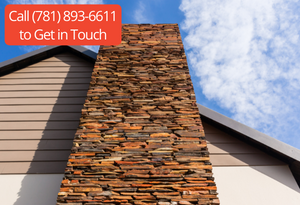
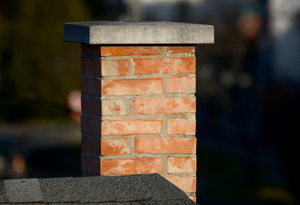 Flashing Separations
Flashing Separations 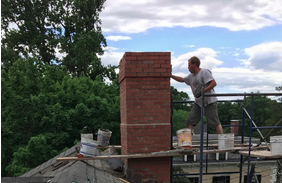 What is Chimney Pointing?
What is Chimney Pointing?
 Can You Repoint Your Chimney During the Winter?
Can You Repoint Your Chimney During the Winter?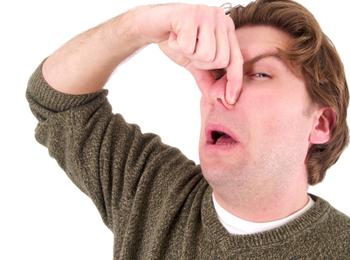
 Reputation
Reputation Annual inspections can help save costs
Annual inspections can help save costs
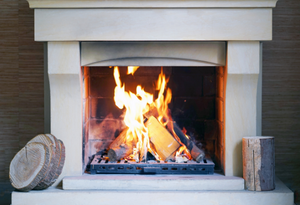 What is a Freeze/Thaw Cycle
What is a Freeze/Thaw Cycle
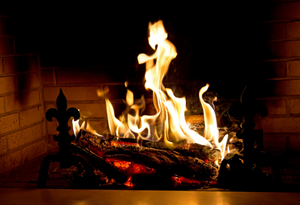

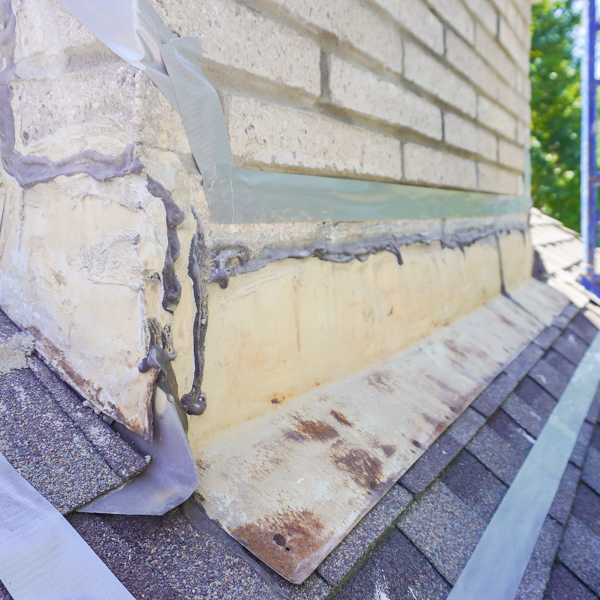 Heavy Snow Can Damage Flashing
Heavy Snow Can Damage Flashing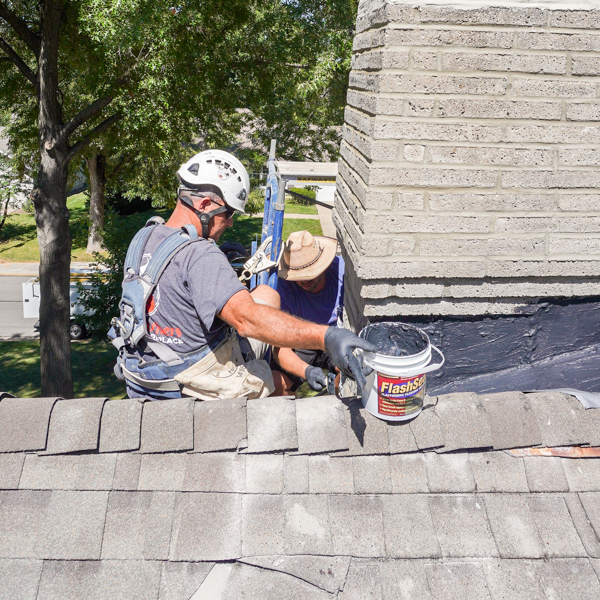 Winter Chimney Repairs
Winter Chimney Repairs